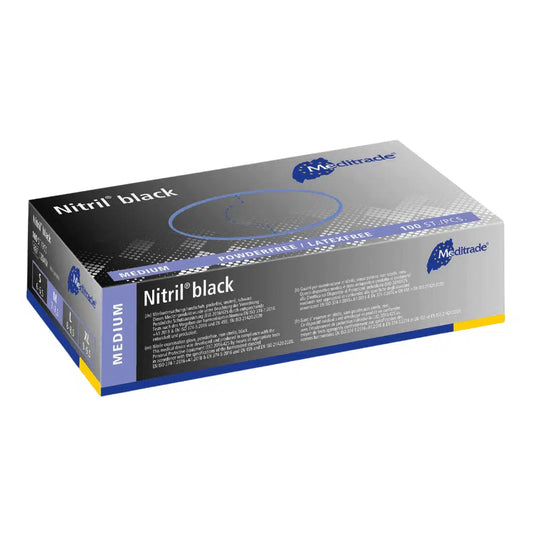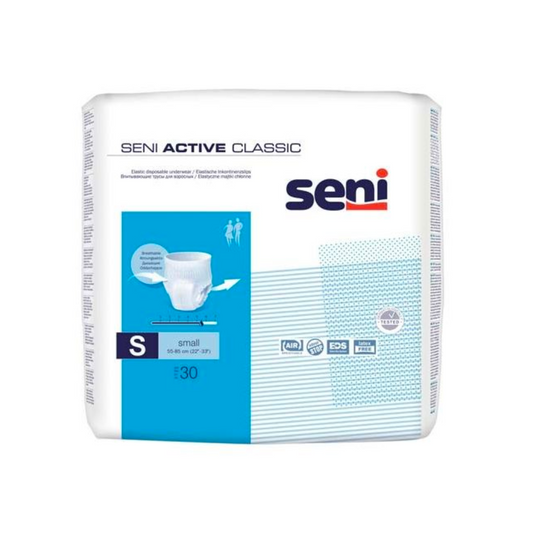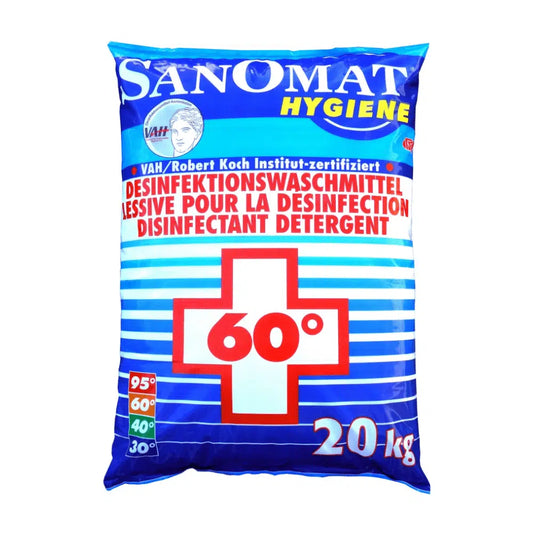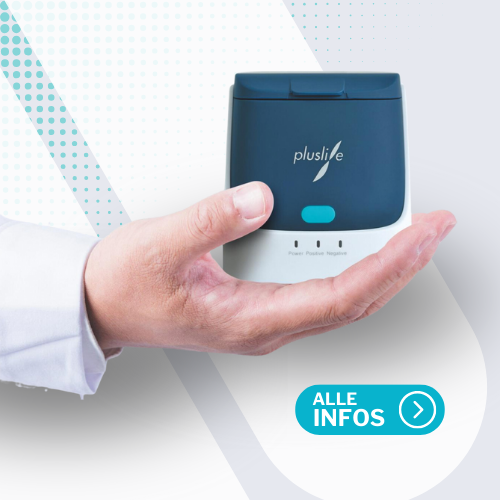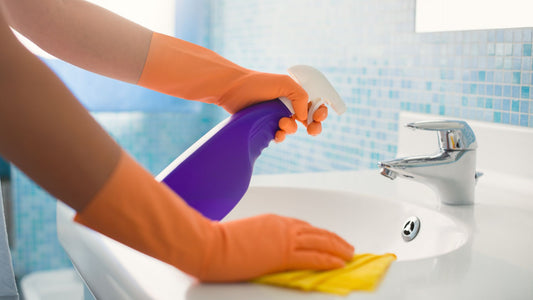
A deep insight into AQL and what it means for your security.
The term "AQL" stands for "Acceptable Quality Level" or in German "Acceptable quality level". This is an important factor in quality control, which often plays a role in the production and selection of disposable gloves. But what exactly does AQL mean, and why is it important to know this, especially when it comes to something as important as gloves that are used in different industries? This guide will guide you through everything you need to know about AQL and disposable gloves.
AQL: A short introduction
Before we dive deeply, let us first understand what AQL means. The AQL value is a statistical measuring instrument that is used to test a sample from a batch of products (in this case disposable gloves) and to determine whether the entire batch is acceptable for sale or use.
In simpler words: Not every product in a manufacturing line can be tested individually, especially if we talk about thousands of units. This is where the AQL test comes into play to determine an acceptable number of units with defects that can still be tolerable so that the batch is considered a 'pass'.
The importance of AQL in disposable gloves
Why is this so important for disposable gloves? Well, these gloves are often used in critical areas, such as in healthcare, in food processing, in laboratories and in other environments in which security and hygiene are of the utmost importance. A glove with a hole, a crack or another defect can mean the risk of cross contamination, infection or an injury.
Here the AQL value helps us to find a balance and ensure that the gloves we use correspond to a quality standard that is high enough to protect us without having to be unrealistic "perfect", which the manufacturing costs ( and therefore the price) would significantly increase.
Different AQL values and what they mean
AQL values typically vary between 1 and 4, where 1 is a stricter standard (fewer defects are tolerated) and 4 a less strict (more defects are acceptable). For example, if you buy gloves with an AQL of 1.5, it means that the acceptable level of quality is quite high, with very few defects that are allowed per batch.
In industries in which the security requirements are extremely high (e.g. in medicine or microbiology), you will probably find gloves with a lower AQL value (i.e. stricter quality standards). Gloves with a higher AQL value could be sufficient for less sensitive applications.
Understand the AQL table
The AQL tables are an essential part of the AQL test procedure. They show how many units have to be tested and how many faulty units can be tolerated in order to achieve a certain AQL value. These tables can initially be somewhat intimidating because they take different batch sizes and quality levels into account, but they are an indispensable tool to understand how the sample test works.
To use the table, you first need to know how big your batch is (e.g. 10,000 gloves) and what AQL value you strive for. Then you would see in the table how many gloves have to be tested and how many of them may be incorrect before the entire batch is considered failed.
AQL in practice: carry out the examination
How does a typical AQL test run for disposable gloves? Here is a simplified example to illustrate the process:
- Selection of a sample: Based on the AQL table and its batch, a certain number of gloves is selected randomly.
- Implementation of the exam: These gloves are then checked for defects. This could include the inflation of the gloves with air to look for holes, or stretching the material to test its strength.
- Evaluation of the results: The number of defective gloves is then compared with the acceptable limit in the AQL table. If the number of defects is within the limit, the batch is testing. If not, it is rejected.
Important considerations
It is important to note that no AQL value guarantees 100%perfection. Even with a very strict AQL of 1, there is still a small scope for defects. This is simply a reality of mass production. The key is to find a balance that offers a high level of protection without being impractical or unaffordable.
It is also crucial that the manufacturers of disposable gloves are transparent to their AQL testing methods. This means clear communication via the AQL value of your gloves, how the tests are carried out and how they deal with batches that do not meet the standards.
Conclusion
Finally, the AQL value when choosing disposable gloves is a decisive factor. It helps us to understand the quality and reliability of the gloves that we use every day, be it in the healthcare system, in the food industry or in scientific laboratories. By learning what AQL is, how we read AQL tables and what the different AQL levels mean, we can make informed decisions that protect both our security and our budget.
